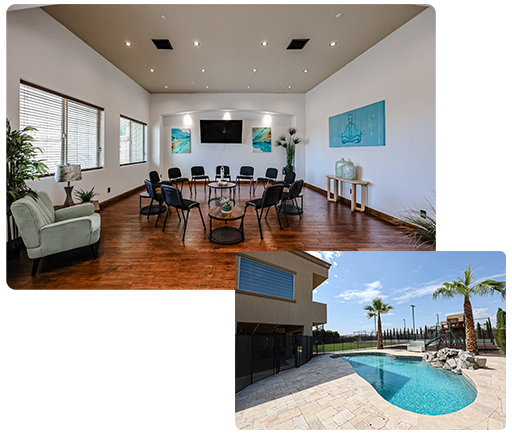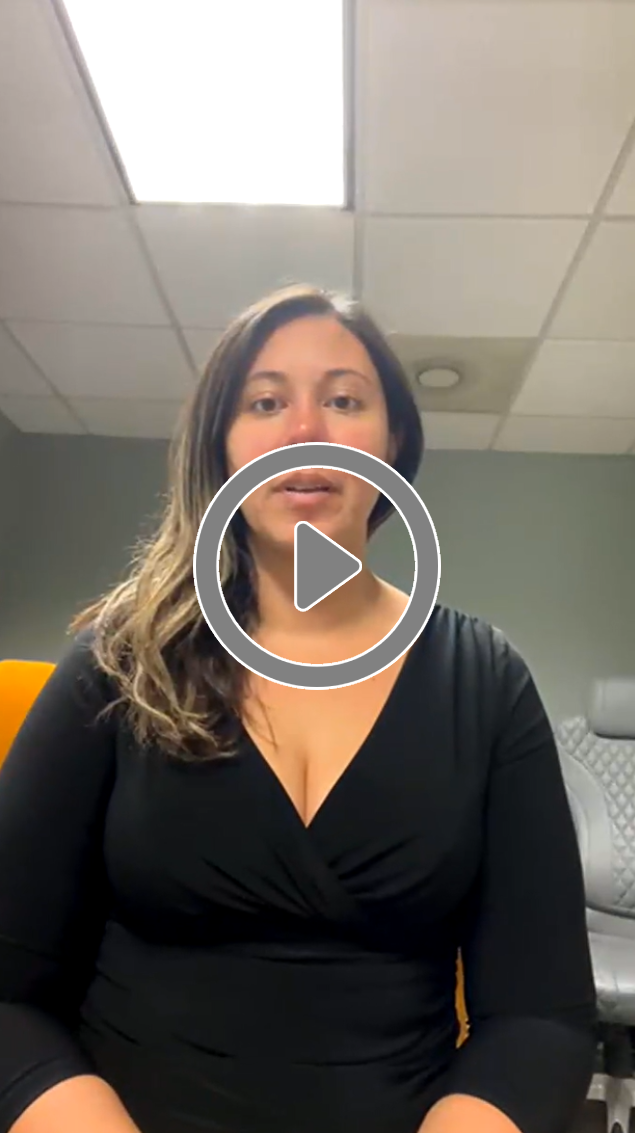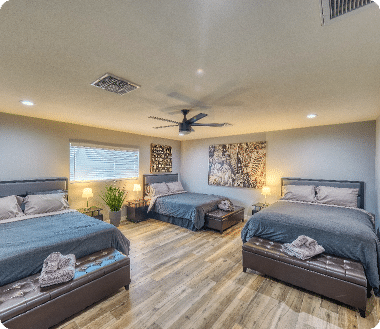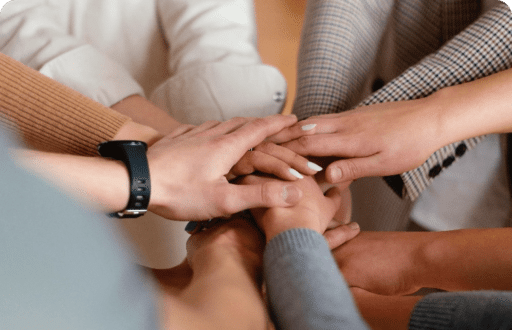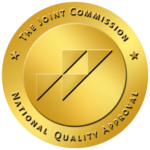Tour Our Arizona Luxury Rehab Center
Transcranial Magnetic Stimulation Therapy
Camelback Recovery is proud to announce that we offer Transcranial Magnetic Stimulation (otherwise known as TMS) as part of our therapeutic luxury rehab offering. Magnetic stimulation is applied to the cranium (the part of the skull that encloses the brain) in a non-invasive treatment known as TMS therapy. This stimulation is specifically applied to the part of the brain and nervous system that is involved in mood regulation to treat depression.
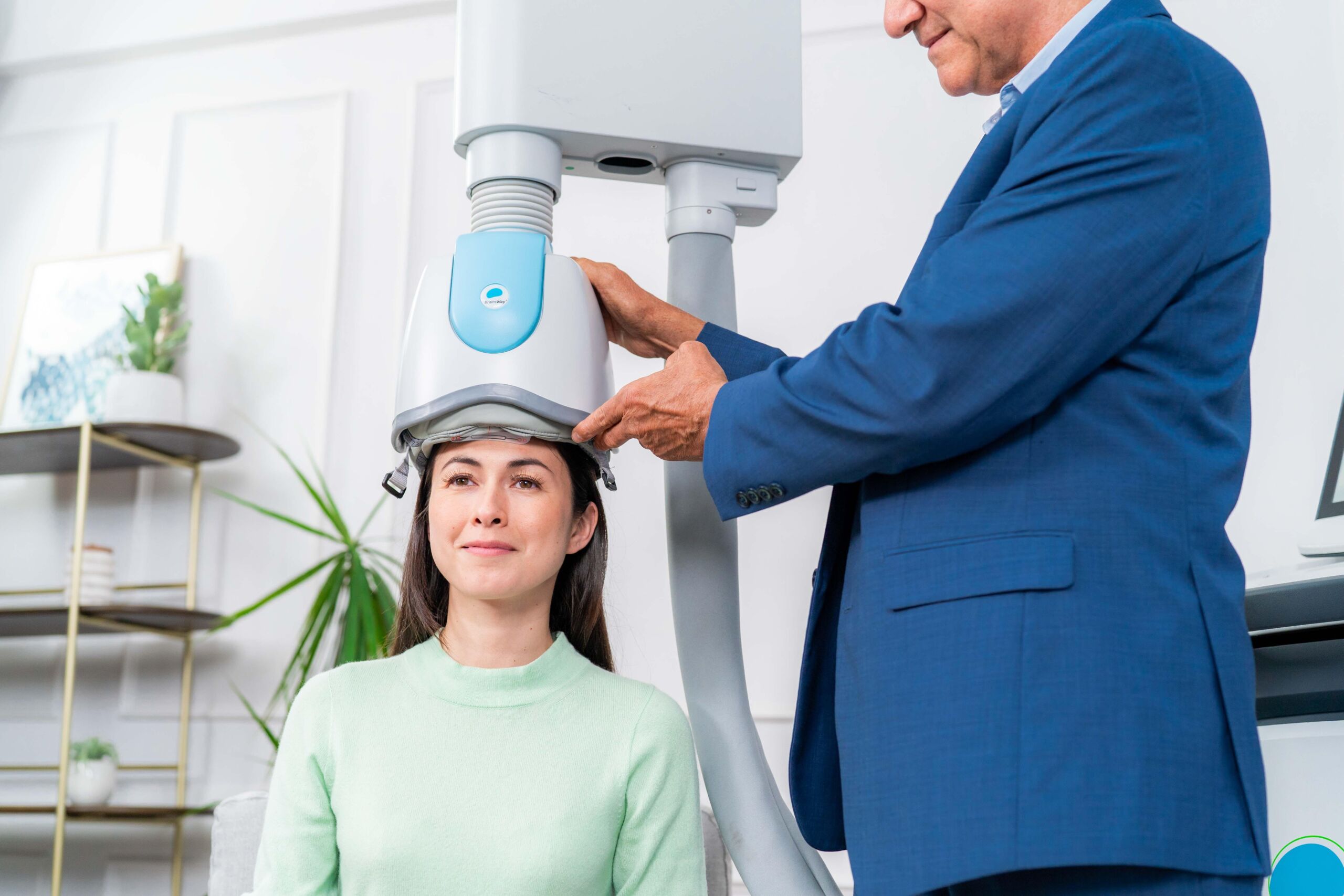
Transcranial Magnetic Stimulation Therapy
Camelback Recovery is proud to announce that our mental health clinic offers Transcranial Magnetic Stimulation (otherwise known as TMS) as part of our therapeutic luxury rehab offering. Magnetic stimulation is applied to the cranium (the part of the skull that encloses the brain) in a non-invasive treatment known as TMS therapy. This stimulation is specifically applied to the part of the brain and nervous system that is involved in mood regulation to treat depression.
Why Choose Our Program?
You need to completely live life differently. You need new eating habits, new sleeping habits, and new exercise and eating habits. You need to learn how to pray, meditate, and do gratitude. You need to develop a foundation or a community of friends and people that you can spend time with who will encourage and support your sobriety, not the opposite. You need an integration process to walk you through these transitional steps and our Phoenix treatment center is here to help.
The Camelback Recovery luxury mental health treatment and substance use disorder process is based upon five pillars. These pillars provide the necessary tools to build new habits and develop new skills during the integration process. This is how you set yourself up for long-term sobriety after treatment at one of the top rehabs in Arizona.
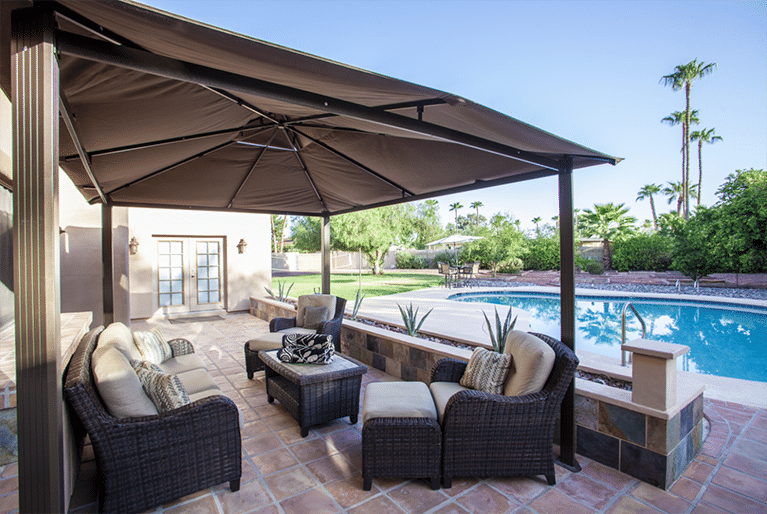
Why Choose Our Program?
You need to completely live life differently. You need new eating habits, new sleeping habits, and new exercise and eating habits. You need to learn how to pray, meditate, and do gratitude. You need to develop a foundation or a community of friends and people that you can spend time with who will encourage and support your sobriety, not the opposite. You need an integration process to walk you through these transitional steps.
The Camelback Recovery luxury mental health treatment and substance use disorder process is based upon five pillars. These pillars provide the necessary tools to build new habits and develop new skills during the integration process. This is how you set yourself up for long-term sobriety after treatment.
Mental Health & Addiction Resources
Camelback recovery is amazing. The environment is great and welcoming. I highly recommend this place to anybody who is looking to better their life.
It was a really good experience! I made some stable friendships, had a lot of fun, and got to reside in an absolutely beautiful house.
